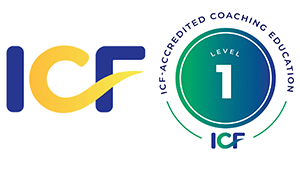Client is looking for answers. What do I do when clients look to me to provide answers? I’ve been clear about my role as coach, but they keep looking to me for advice. How can I help them help themselves?
First, I think it is important to appreciate that this is typical and expected. It is normal for us to want the answer. We should neither be surprised by this, nor should we be deterred. As a coach, we use our training to help us hold the space so that our clients (team members, employees, colleagues) move into a mode where they may engage in solving their own challenges. One of the most powerful things we can do for our client’s is to help them get grounded. This begins with regulating breathing, clearing the mind and entering a state of being open. Grounding helps those you coach enter a new mental state – one that allows them to think differently. Once the mind is prepared, the next helpful move a coach can make is to establish a common understanding. It may help to imagine a circle. Next, inside that circle, draw an imaginary stick figure. The image of the person inside the circle represents our clients and their story. We do not coach at our clients from the outside. We get inside the circle and coach alongside them. Using appreciative inquiry, we establish a common understanding. Only then are we working with our clients. Together, we can go someplace new. What helps a client move forward instead of sharing their story over and over? Trained coaches will clarify the agenda with their clients. This will give purposes to the conversation and direction for our clients as they help themselves move forward. These are just a few ways we can help those we coach take an active role in solving their own





